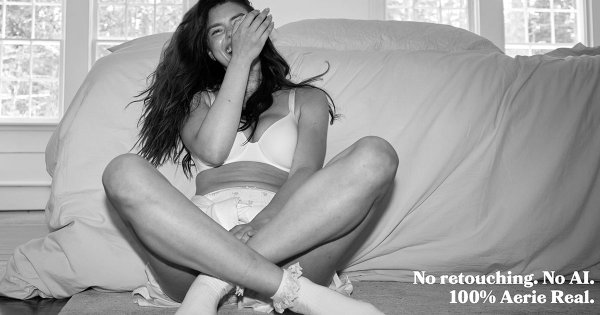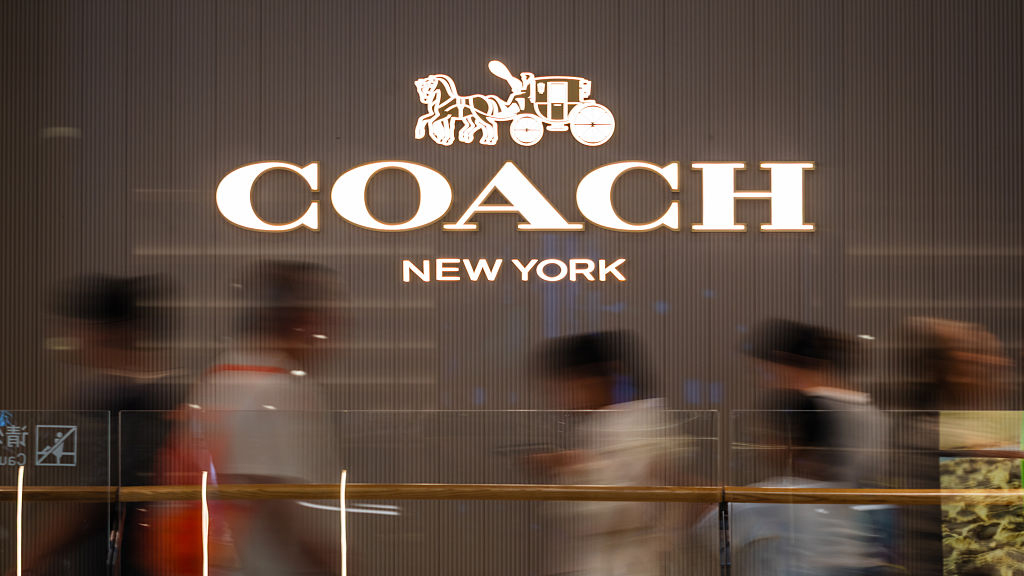Aerie Takes a Firm Stand Against AI in Advertising
Aerie, the fashion brand under American Eagle Outfitters, is doubling down on its commitment to authenticity by pledging to exclude AI-generated people and bodies from its advertising campaigns. The brand announced this bold move across its social media platforms, reaffirming its dedication to staying “100% Aerie Real.”
This initiative is a continuation of Aerie’s #AerieReal campaign launched in 2014, which was celebrated for banning the retouching of people and body images in its marketing. Now, the brand is extending that mission to reject generative AI technologies that have become increasingly prevalent since the rise of tools like ChatGPT in late 2022.
Extending the Promise Beyond the Brand
Stacey McCormick, Aerie’s Chief Marketing Officer, shared with Adweek that this commitment isn’t limited to internal operations. Partners and content creators working with Aerie will also be expected to uphold this principle. “For us, it’s a no-brainer. For the past 10 years it’s been a part of everything we do,” McCormick said. She emphasized the importance of maintaining a human touch in both the representation of people and the creative process itself.
McCormick noted that, as AI continues to influence retail and marketing sectors, Aerie felt it was necessary to take a clear position. “We wanted to put it out there and hopefully inspire others in the industry along the way,” she added.
Preserving the Art of Human Creativity
Beyond just the visuals, Aerie is also focused on preserving the human craftsmanship behind the scenes. McCormick highlighted concerns about AI diminishing traditional creative skills like photography. “Those things we want to protect in a big way and create those moments and experiences, whether in real life or a photo shoot,” she explained. “Making sure people know that real people made this is just as important.”
While Aerie isn’t completely ruling out the use of AI, McCormick clarified that its application would be strictly limited to operational efficiencies and not for altering or generating human imagery. “It doesn’t have a place for us with generative AI modifying bodies. Nothing at that level will ever be used in our campaigns,” she firmly stated.
Joining a Growing Movement for Authenticity
Aerie’s decision aligns with a growing trend among brands that are opting to prioritize authenticity over technological innovation in their visual storytelling. Last year, Dove made a similar announcement, vowing never to use AI-generated imagery to depict real people in its advertising.
This movement comes in response to increasing consumer skepticism towards AI-generated content in marketing. While brands like Coca-Cola, Heinz, and H&M have experimented with generative AI in their campaigns, some of those efforts have been criticized for eroding the human connection and creative authenticity that resonates with audiences.
In some cases, companies like Lego have even issued apologies for the use of AI-generated visuals after facing public backlash. The shift suggests that while AI may offer efficiency, it could come at the cost of trust and emotional resonance with consumers.
Transparency and Consumer Trust
Transparency is a major focus for Aerie as it reinforces its values. “We want to make sure we’re transparent and customers know this is what we stand for,” McCormick said. She pointed out that modern consumers are increasingly expecting real people to model real products, and brands that fall short of this expectation risk alienating their audience.
By taking this stand, Aerie hopes to inspire not only trust but also a broader industry movement that values honesty and craftsmanship over digital shortcuts. The brand’s position serves as a reminder that in a world flooded with AI-generated content, authenticity is becoming a powerful differentiator.
As generative AI continues to reshape the marketing landscape, Aerie’s commitment could very well set a new standard for how brands approach the balance between innovation and integrity.
This article is inspired by content from Original Source. It has been rephrased for originality. Images are credited to the original source.





